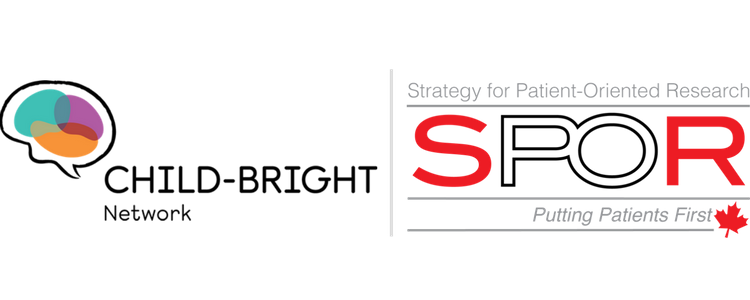Working with our CCENT project team as part of the 2021 CHILD-BRIGHT Summer Studentship Program, Laura Diamond extracted and cleaned data on mental health resource use in parents of high-risk infants four months after leaving the Neonatal Intensive Care Unit. “Cleaning” data refers to removing incomplete or invalid entries from a data set. Laura summarized the demographics and mental health service use of these parents and performed a statistical analysis to identify if any markers from the infant’s NICU admission could predict parent use of mental health services after discharge. Laura and the CCENT team are currently summarizing the findings in a manuscript.
Here’s what Laura had to say about the summer student experience:
“I feel extremely fortunate to have participated in the CHILD-BRIGHT Summer Studentship Program this summer, working with the Coached, Coordinated, Enhanced Neonatal Transition (CCENT) team at the Hospital for Sick Children.
For my research project, I investigated mental health resource use in parents of infants in seven neonatal intensive care units (NICU). Parents of infants in the NICU represent an often-understudied population, despite facing an increased burden of mental illness when compared with parents of full-term, healthy infants. I appreciated the opportunity to spearhead some research in this field, in hopes of ultimately improving the mental health resource access and overall mental wellbeing of this population. Furthermore, with the increase in mental illness associated with the COVID-19 pandemic, conducting this research project this summer only felt more critical.
In addition to conducting the research project itself, I greatly benefited from the CHILD-BRIGHT Summer Studentship Program. Through webinars and workshops, I became more familiar with the tenets of patient-oriented research (POR) and the benefits that such research can have on patient outcomes and experiences. Specifically, I learned that effective POR involves: 1) engaging patients early, 2) ensuring diversity of perspectives (this may mean involving not just patients, but caregivers, parents, siblings, etc.), 3) ensuring recruitment facilitates the involvement of marginalized and hard-to-reach populations, and 4) maintaining compassion when engaging with patient-partners to ensure they are contributing in safe and meaningful ways. These are lessons that I will carry forward with me on my journey as a future clinician and researcher.”


